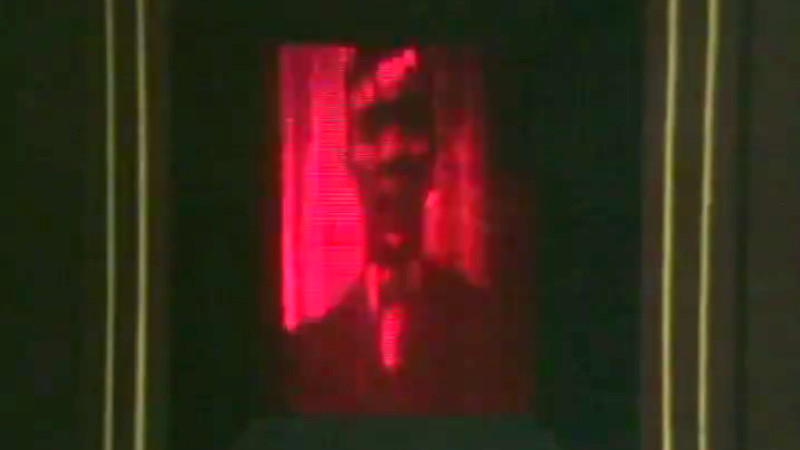
If we have a television in 2021 the chances are that it will be a large LCD model, flat and widescreen, able to display HD images in stunning clarity. Before that we’d have had a CRT colour TV, them maybe our parents grew up with a monochrome model. Before those though came the first TVs of all, which were mechanical devices that relied on a spinning disk to both acquire and display the image. The BBC Archive recently shared a vintage clip from 1970 in which two of the assistants of [John Logie Baird], the inventor of the first demonstrable television system, demonstrated its various parts and revealed its inner workings.
We’ve covered the Nipkow scanning disk in a previous article, with its characteristic spiral of holes. We see the original Baird Televisor, but the interesting part comes as we move to the studio. Using the original equipment they show a dot of light traversing the presenter’s face to scan a picture before taking us to a mock-up of the original studio. Here there’s a surprise, because instead of the camera we’d expect today there is a Nipkow disk projector which traverses the subject sitting in the dark. A bank of photocells above the projector senses the reflected light, and returns a video signal.
The resulting low-resolution pictures had a low enough bandwidth to be broadcast over an AM radio transmitter, and for a tiny 30-line picture in the glowing pink of a neon light they provide a surprising amount of detail. With such a straightforward principle it’s not surprising that they’ve appeared in a few projects on these pages, including an Arduino driven colour video monitor, and a POV clock. Take a look at the video below the break.
#OnThisDay 1930: The first, experimental TV play was transmitted from John Logie Baird's studio.
40 years later, two of Baird's assistants – Tony Bridgewater and D.R. Campbell – demonstrated how mechanical television worked, on Review.
Fascinating stuff! pic.twitter.com/F6YFDAOAUg
— BBC Archive (@BBCArchive) July 14, 2021
Retrotechtacular: Mechanical TV From The People Who Made It Happen
Source: HackADay